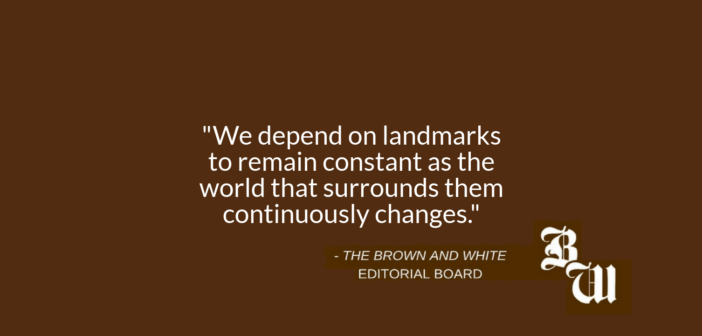On April 15, the last ever photograph was taken of the Cathedral of Notre Dame, standing in its original framework.
Initially constructed in 1163, the Gothic-style cathedral has been home to historical events such as the naming of Henry VI as king of France and the crowning of Napoleon Bonaparte as emperor.
With 12 to 14 million visitors annually, The Cathedral of Notre Dame serves as one of the primary symbols of Paris, providing both spiritual and historical significance to its visitors.
The over 850-year-old cathedral was undergoing the beginning of an almost $200 million renovation when it caught fire earlier this week.
This was not the first fire in the landmark’s history, but was by far the most destructive, taking many pieces of art, history and a predominant amount of the building’s interior in its flames.
Home to thousands of cultural artifacts aging up to 1,000 years old, the loss of the cathedral represents a massive loss for Paris and its visitors.
The loss of such a landmark reminds us of the importance of the preservation of history. It is common to mourn such dramatic changes as many already feared that the updates being made to the cathedral, prior to the fire, would to dramatically alter its original state.
The reluctance we experience in times of restoration can be understood on a much smaller scale here at Lehigh.
The University Center, originally coined Packer Hall, has stood as the quintessential landmark of our university since 1868. Recently publicized plans to renovate, and entirely alter, the face of the school’s beloved building have left students and alumni uneasy at the thought of losing such a notable feature of campus.
Many fear that amid a sea of university change, the school’s prominent architectural features will be lost in a quest to modernize.
Landmarks carry a historical significance, but as they age restoration becomes necessary for preservation. We are seeing this discussion now following the fires in France as the country is questioning whether to rebuild the cathedral’s iconic spire in its original form, or to take a more modern twist ensuring greater physical security, but decreased cohesion with the building’s Gothic-style origins.
To “update one of the world’s most beloved monuments for the modern age,” would ensure structural safety, but wolud leave people with the same uneasiness and nostalgia that the Lehigh community is enduring as they witness drastic changes being made to a once ornately Lehigh-style structure.
The fire in France also represents, on a more magnified scale, the risks that intense renovation and restoration entail. While losing hundreds of years of historical artifacts, art and scripture is objectively more pressing than the risks of altering the face of a college campus building, the responsibility to preserve a landmarks history remains essential.
We depend on landmarks to remain constant as the world that surrounds them continuously changes.
Just as the Statue of Liberty bore witness to the birth of New York, and Notre Dame stood proudly throughout the French Revolution, and the University Center remained tall as Lehigh grew from a small all-male engineering college to a multicultural, co-ed university.
In circumstances of renovation and restoration, the entities that carry out such drastic changes hold a responsibility to keep the integrity of the landmarks themselves in high regard, ensuring that as times change, the significance of history remains a priority.






Comment policy
Comments posted to The Brown and White website are reviewed by a moderator before being approved. Incendiary speech or harassing language, including comments targeted at individuals, may be deemed unacceptable and not published. Spam and other soliciting will also be declined.
The Brown and White also reserves the right to not publish entirely anonymous comments.
1 Comment
This is my basic thrust against the proposed 2020 reinterpretation of the U.C., planned as a partial deconstruction as well as a remodeling – and of both the interior and exterior… It is a difficult building, however, there are many alternatives and I simply think that the present path chosen is not close to optimal. This is why I have proposed a 20 year wait so that we can accrue some truly excellent ideas.
The administrators are proposing to spend large sums of money on this project, perhaps with some resources even taken out of our endowment… And so if we are to do this, to what is additionally our core and central structure, we had best be assured the action proposed is correct. Yet there is no such assurance.